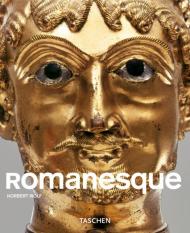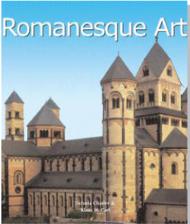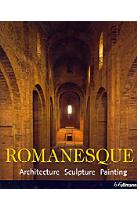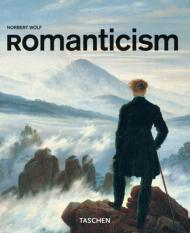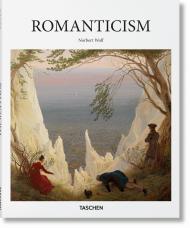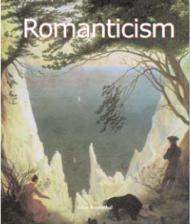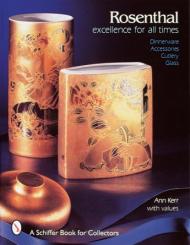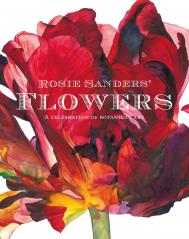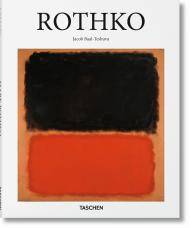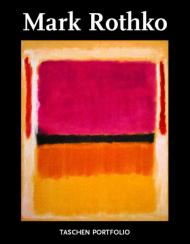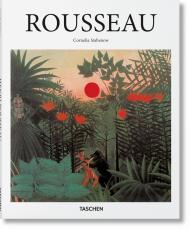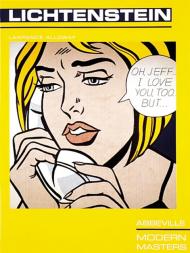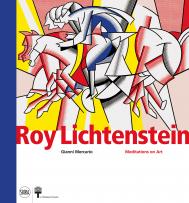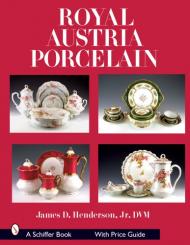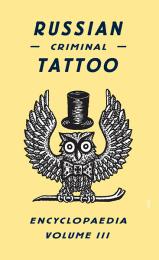Reaching its peak in the 11th and 12th centuries, the Romanesque movement was marked by a peculiar, vivid, and often monumental expressiveness in architecture and fine arts. The main centres were located in Italy, France, the German-language countries, Spain, and England, though the voices of Scandinavia and Eastern Europe expressed themselves distinctly in the genre, which patterned itself on antique and Byzantine art. Despite untold losses, countless Romanesque masterpieces remain preserved today.
Highlights include: Frescoes in Galliano near Cantù, Sant`Angelo in Formis, Saint Chef, Saint-Savin-sur Gartempe, Lambach, San Pietro al Monte near Civate, San Clemente in Rome, from San Maria de Tahull, Berzé-la-Ville, Tavant, Panteón de los Reyes in León, Castel Appiano, from Sigena; the golden Altar-Piece from Lisbjerg; the Bayeux Tapestry; stained glass in the Cathedral of Augsburg and Le Mans, mosaics in San Clemete, Rome, and in San Marco, Venice; colored panels and crosses from La Seo de Urgel, Sarzana, and the painted ceiling in St. Michael, Hildesheim; sculptures in Souillac, Autun, and Santiago de Compostela; examples of metalwork, of manuscripts and enamels.
About the Series:
Each book in TASCHEN's Basic Genre Series features:
* a detailed introduction with approximately 35 photographs, plus a timeline of the most important events (political, cultural, scientific, etc.) that took place during the time period
* a selection of the most important works of the epoch; each is presented on a 2-page spread with a full-page image and, on the facing page, a description/interpretation of the work and brief biography of the artist as well as additional information such as a reference work, portrait of the artist, and/or citations
Издательства
- Rizzoli (263)
- Thames & Hudson (179)
- Prestel (89)
- Taschen (85)
- Abrams (54)
- 3DTotal Publishing (50)
- PIE Books (43)
- Hatje Cantz (41)
- Phaidon (40)
- Laurence King Publishing (38)
